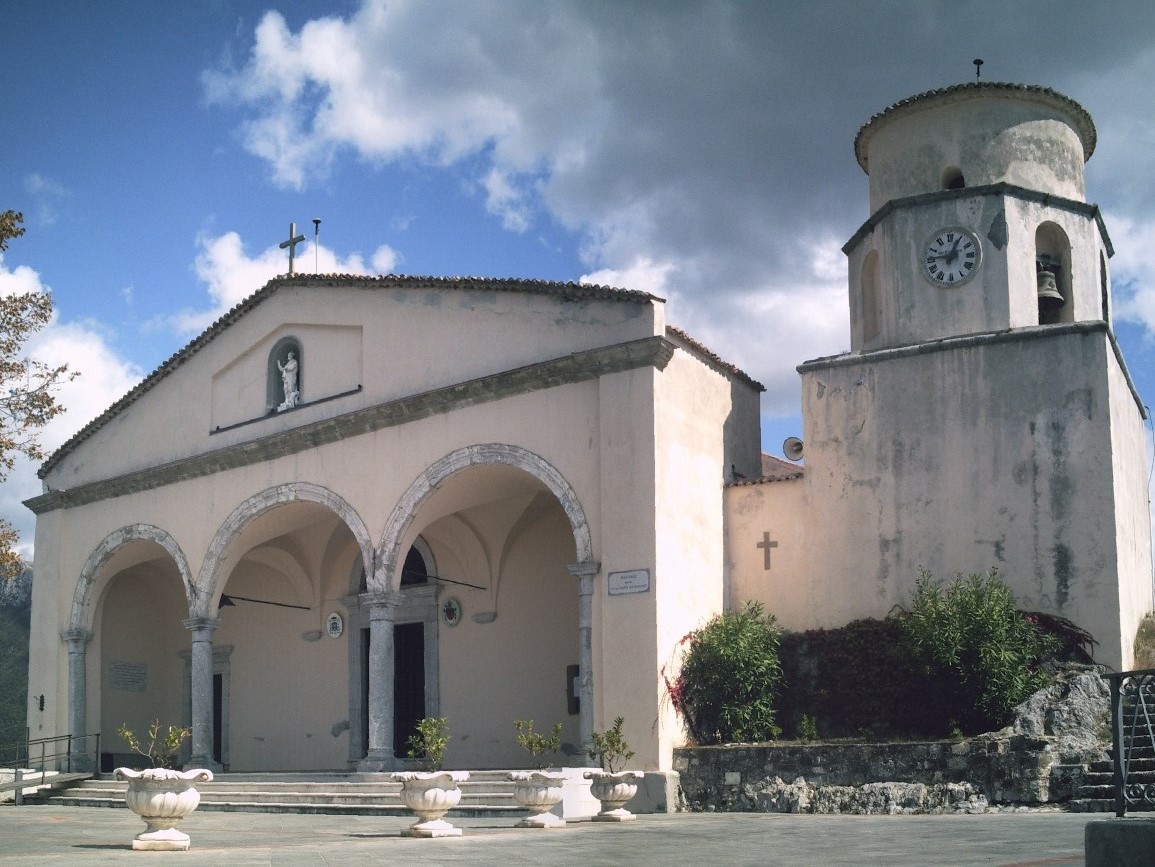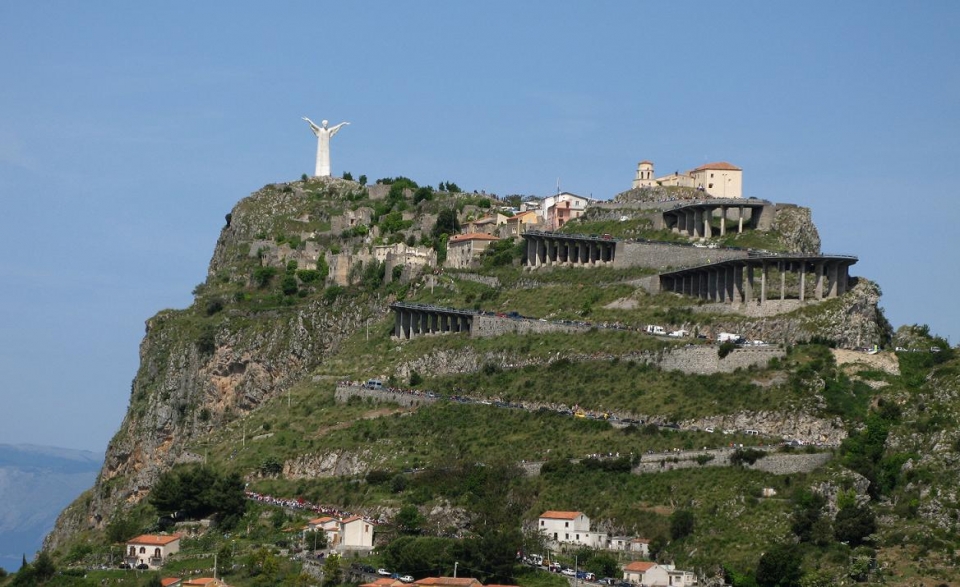The Christ of Maratea: between history and beauty
The statue on top of Mount San Biagio, a Maratea in the province of Potenza, it is the symbol of the Lucanian town and a reference point for all the towns of the Gulf of Policastro. This statue, having Christ as a subject it is the highest in Europe and in the world with its 21 meters of height.

The Christ is a work wanted by the Count Stephen Rivetti, a noble entrepreneur of Biella origins, who, in the XNUMXs, contributed to the industrial and tourist development of the city. The Christ represents a strong symbol of faith becoming, over the years, one of the most visited attractions. The statue was made by the Florentine sculptor Bruno Innocenti in two years of work (completed in 1965). The reinforced concrete structure, anchored in the rock of the subsoil, it is covered with a mixture of white cement and flakes of Carrara marble. Christ presents himself with a young face, a light beard and short hair. A rather version Modern compared to the classic iconography of Jesus. The tunic and the movement of the left foot, visible and placed forward, gives momentum and sweetness to the statue.
The statue of Christ the Redeemer
La statue his shoulders are turned towards the sea and his face towards the mainland, as a keep watch on the inhabitants of Maratea and on the territory. By virtue of the particular configuration of the face, unmistakable point of reference for sailors, gives the impression to a distant observer that his gaze is directed, contrary to reality, towards the sea. His open arms indicate welcome and protection towards the whole community. Since 1942 the top of the mountain housed a cross installed on the ruins of the original settlement of Maratea. A small one is placed under the statue of Christ headstone, with raised characters, which reads an inscription in Latin with thanks to Stefano Rivetti.

The monument is located on the highest point of Mount S. Biagio. Its top, overlooking the sea for several hundred meters, overlooks the port of Maratea. . To get there, you have to walk a suggestive stone staircase. From the spur on which the Christ is placed you can admire a breathtaking view.